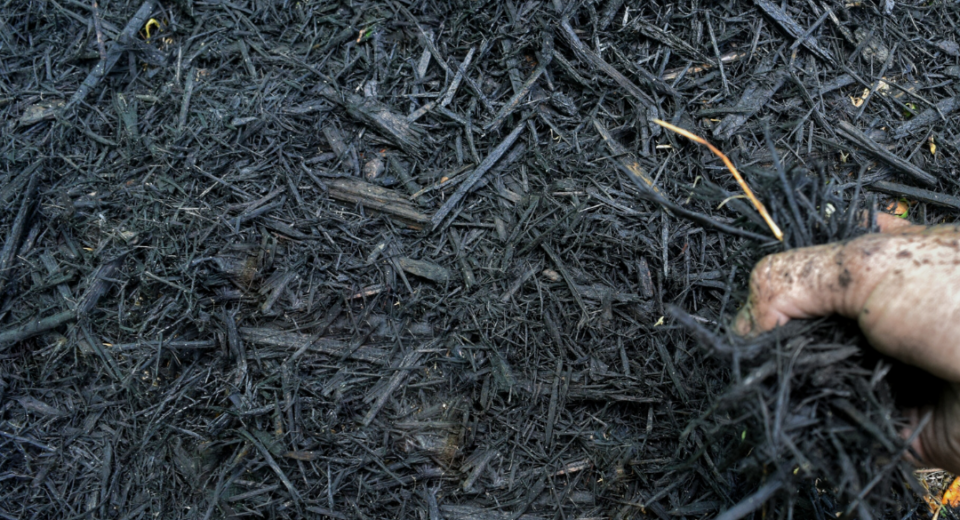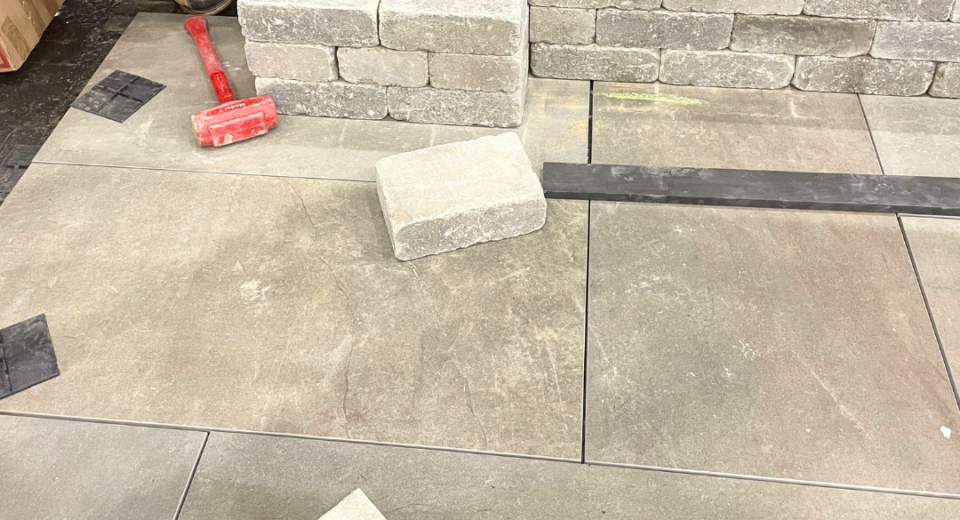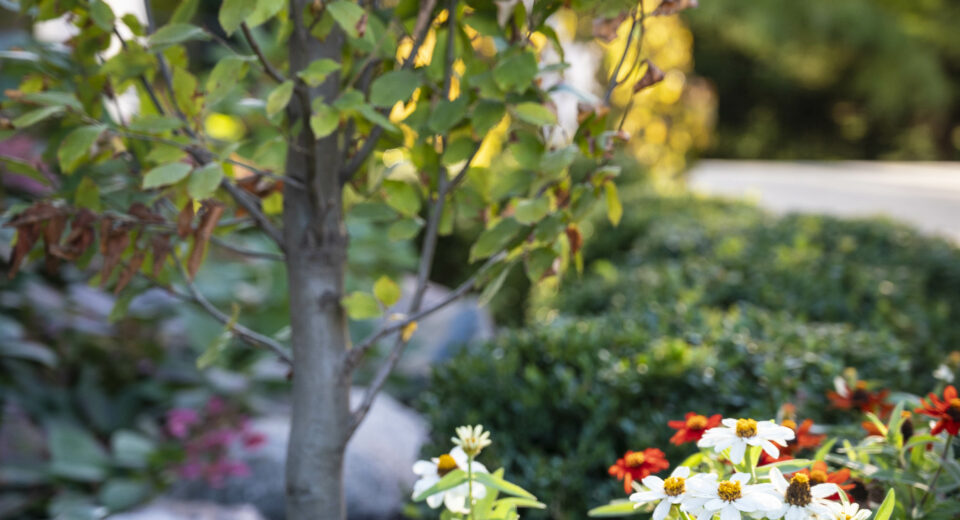How to Select Your Concrete Finish
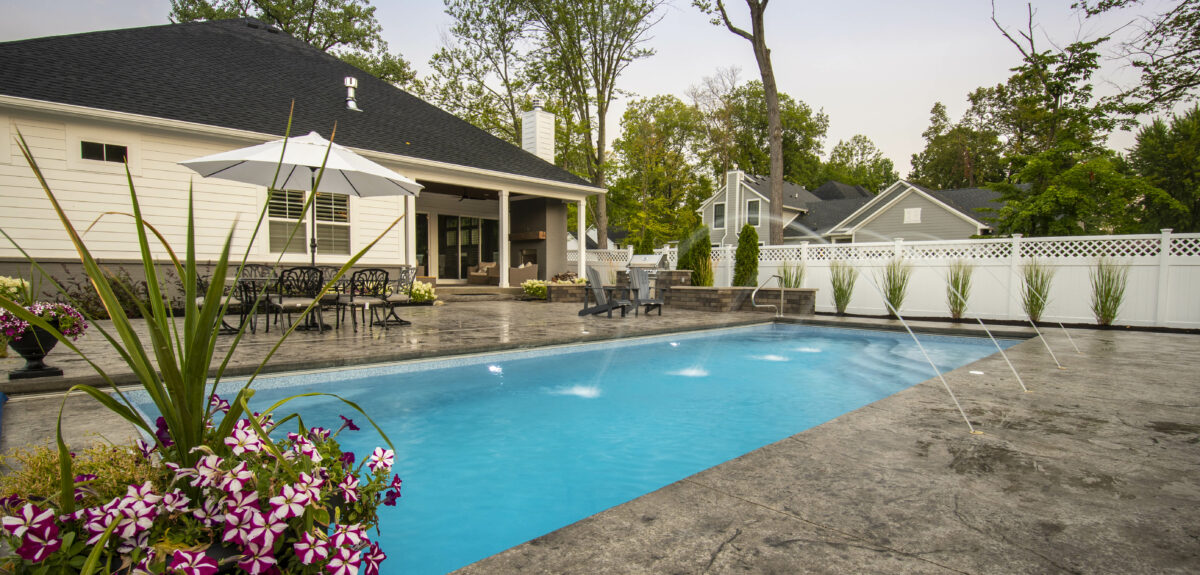
Concrete hasn’t been a prominent leader in the hardscaping world without good reason! With its versatility and ability to create clean, classic-looking surfaces while still maintaining its durability and ease of use over several years, concrete is a great option for many outdoor spaces. Concrete comes in many different colors and patterns and can be a more economical alternative to its paver competitor, usually coming in with a lower price tag.
Adding texture to the concrete can drastically change the aesthetic of the space, while also acting as a safety feature to ensure the surface doesn’t become too slippery when wet. Take a look at the options below to discover which concrete finish might work for your next project:
Brushed/Broom
A brushed or broom finish is most commonly used on driveways and sidewalks, although we see it in backyard patios or surrounding pools, as well. After the concrete is poured, the surface is brushed with a stiff-bristled broom to give it a rough finish. This texture is the most cost effective option but can lack the aesthetic interest that other options might provide.
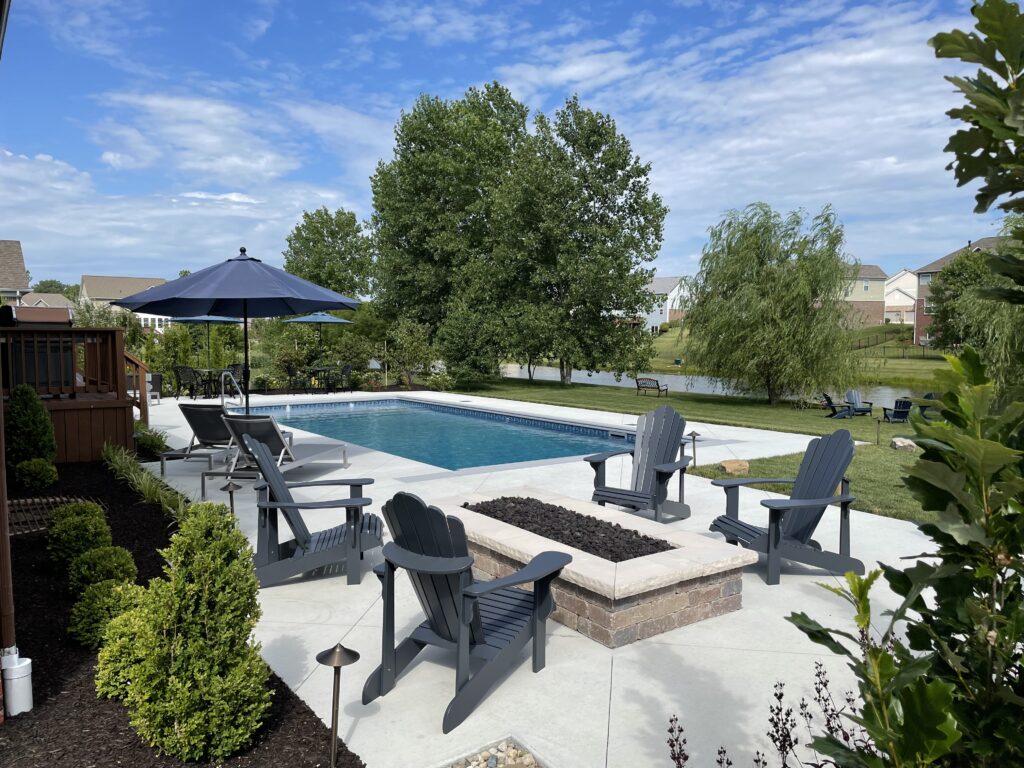
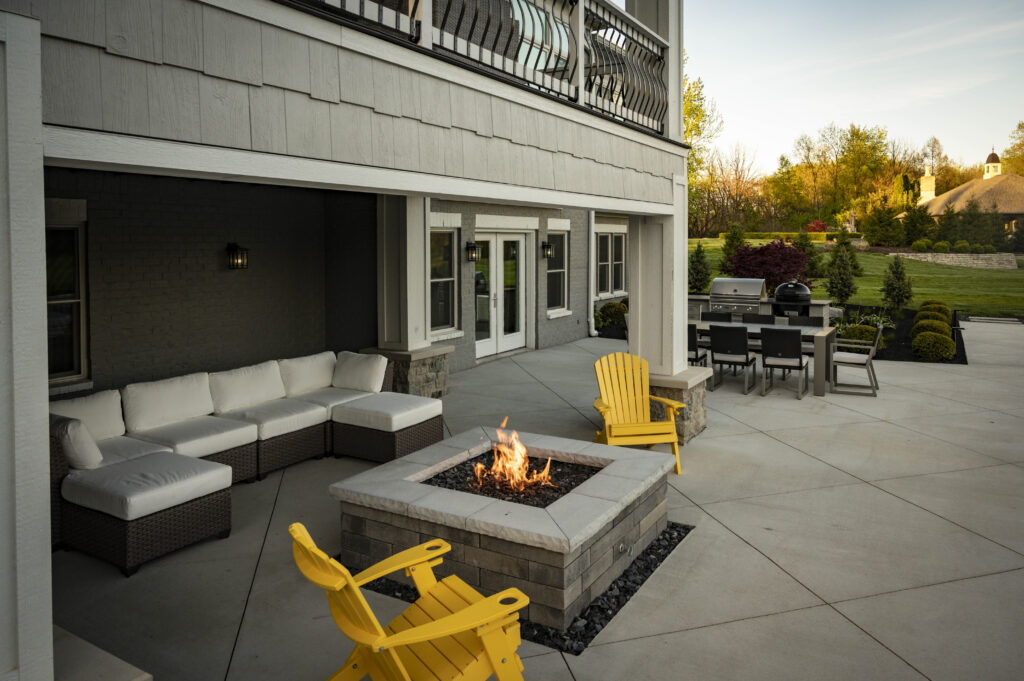
Stamped
Stamped concrete is more of a decorative concrete, which replicates the look of pavers. It achieves a style that other types of concrete can not, by using integral and release colors to add depth to the product. The concrete is stamped with different patterns to rival the look of stone and tile, while still maintaining the benefits that concrete provides. It comes as no surprise that stamped concrete is typically the most expensive type of finish.
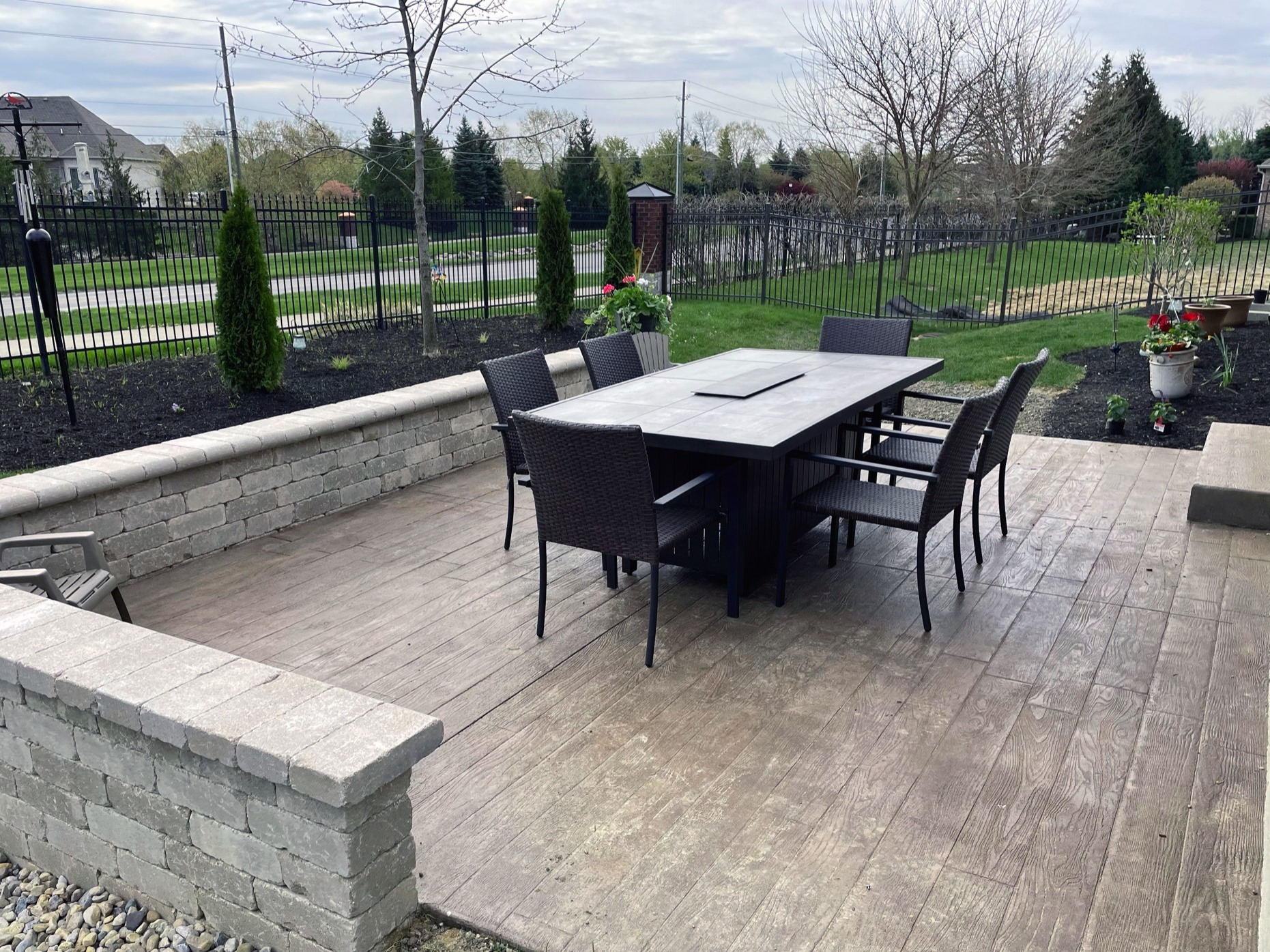
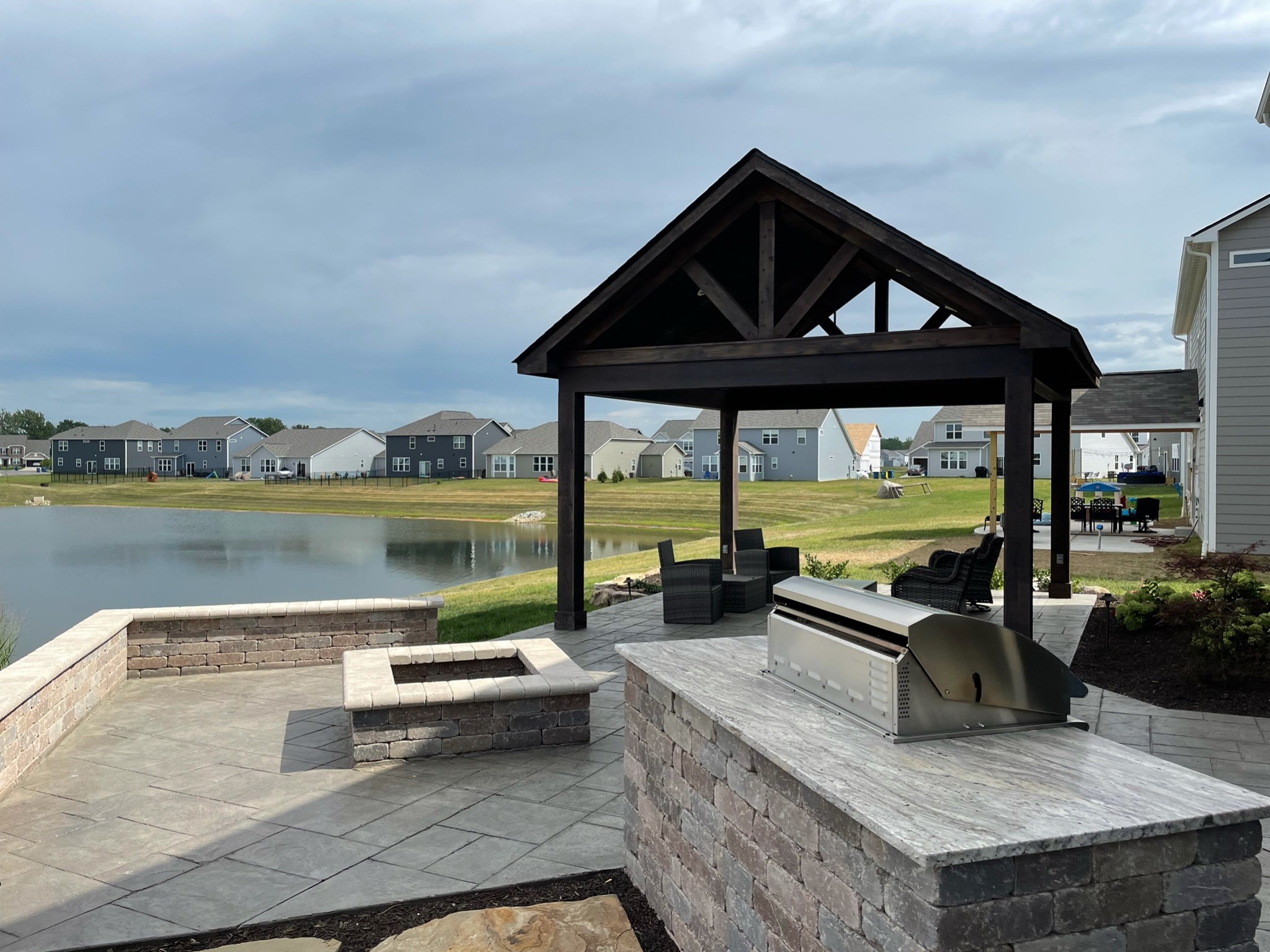
Textured
Textured concrete has similar benefits to the stamped finishing, offering a natural-looking style that mimics the texture of stone. Integral and release colors are used once again to achieve a depth in color. Although it’s similar to stamped concrete, textured concrete has a less uniform look that does not utilize a pattern, and it falls into the medium to high price range.
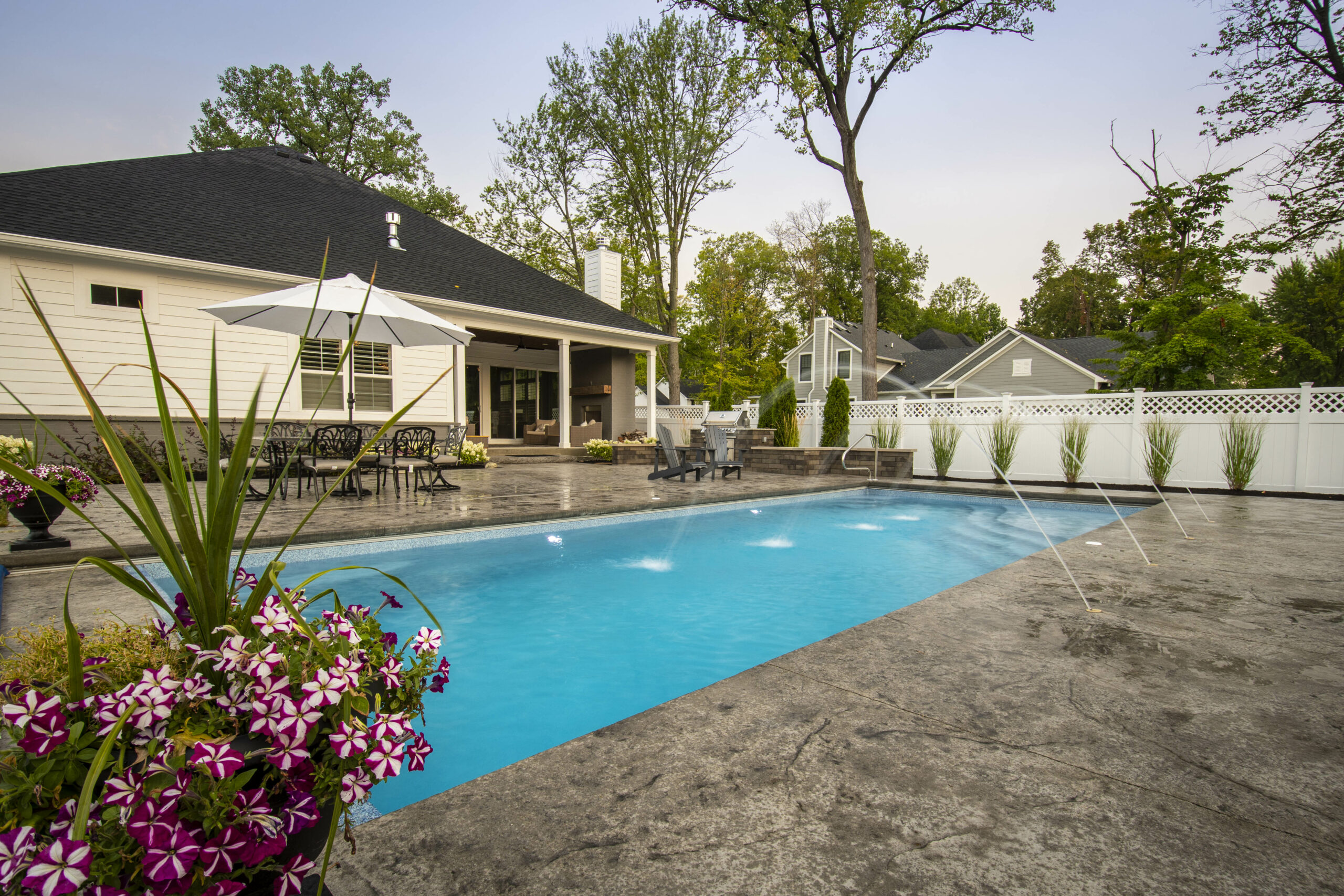
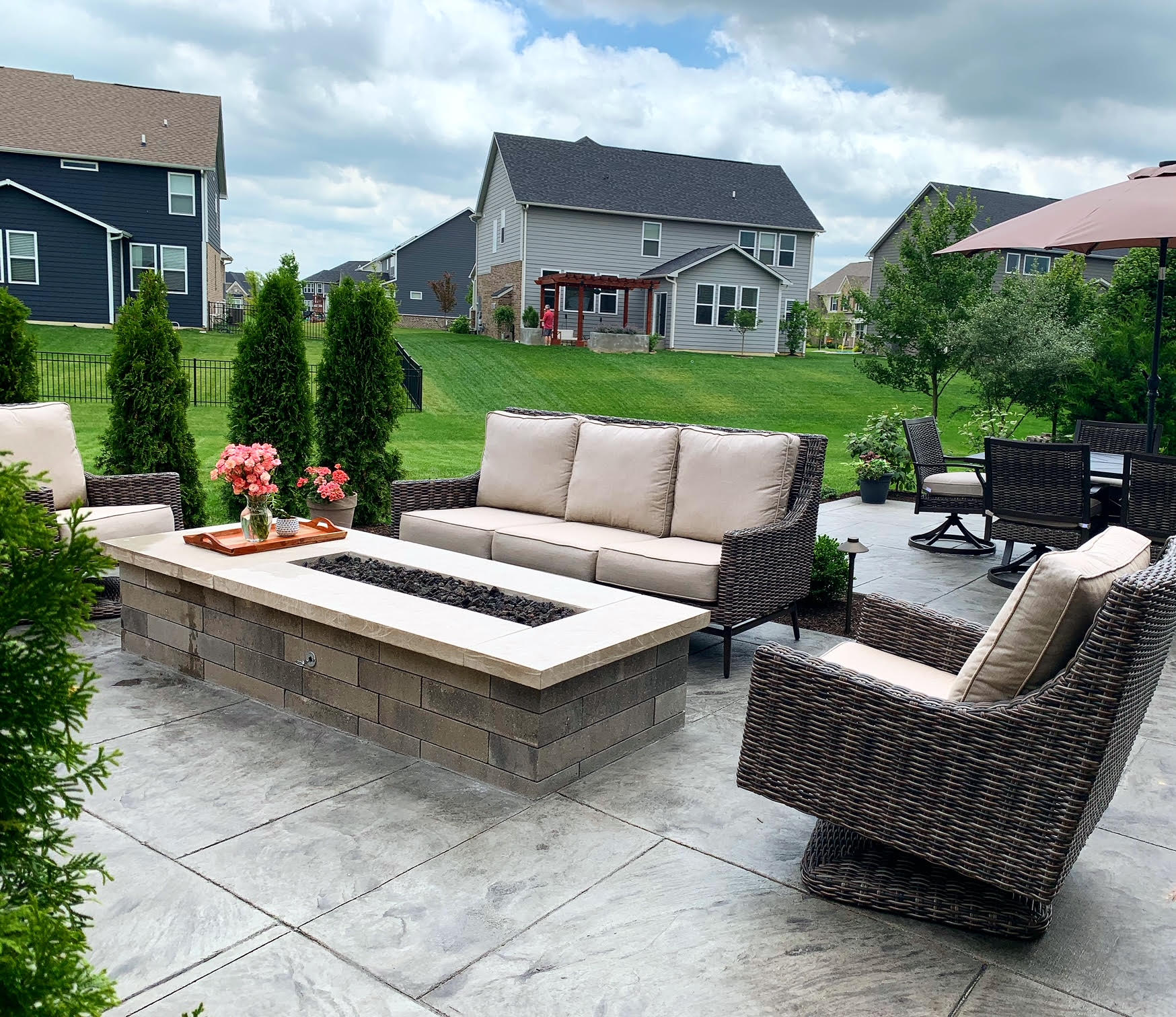
Other Finishes
Brushed, stamped, and textured concrete are the most popular finishes, but there are even more options to explore with your designer. The sand matrix finish provides another non-slip option, suitable for poolside, walkways, and even garages. Since it’s still a fairly smooth finish, it’s perfect for areas you may walk barefooted or where children may be running around.
Exposed aggregate is another durable finish with small exposed pebbles throughout. Although not the most barefoot friendly, this type of finish is perfect for high-traffic areas due to its reliable performance. This low-maintenance material combines functionality and design to create a decorative concrete finish to elevate any space.
Concrete Maintenance and Important Information
With any space in your home, at least some maintenance is to be expected. Luckily, maintaining your concrete can be fairly simple – just cleaning and resealing every 1-2 years. Unlike with pavers, there is no additional sand applications, and there is not nearly as much daily upkeep as with natural stone.
Although there are so many benefits to concrete, we always advise about cracking and color matching. Hairline cracks less than half an inch in thickness with Indiana freeze and thaw are to be expected. To help keep cracks at bay, control joints are made into the concrete to help dictate where the concrete cracks, because we expect it to!
Additionally, no two concrete pours will ever be identical, and concrete poured years apart will have color variations. As concrete is exposed to the elements over time, the color will alter slightly, thus making older concrete harder to match. Inevitably, new concrete will be more vibrant.
Thinking about adding concrete to your next project? Give us a call today to get started!

